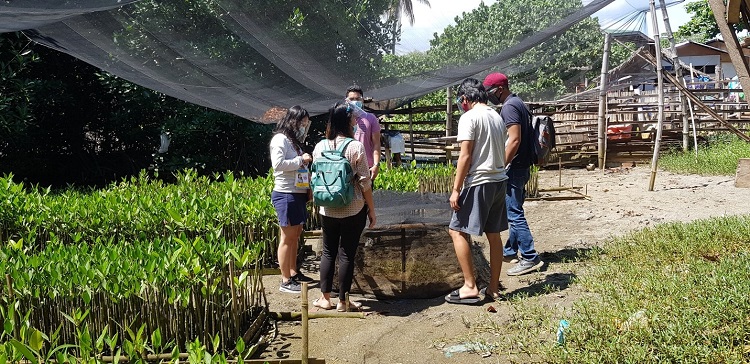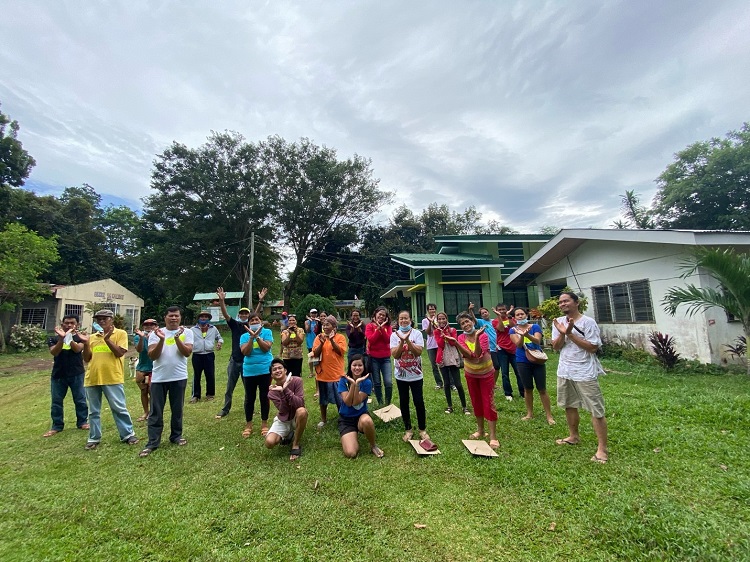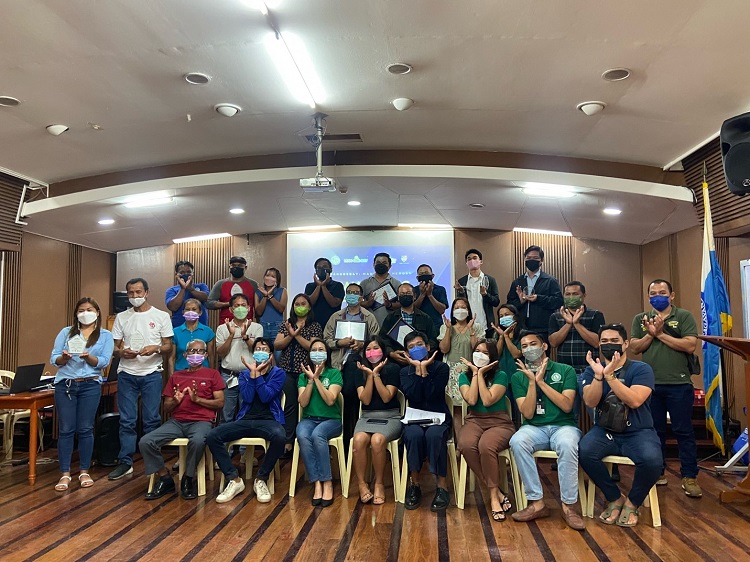Related Links:
- MANGREBAY Highlight Videos
- Mangrove Nurseries in Macajalar bay
- Outplanting Activities
- Major Training Activities
- MANGREBAY Summary Highlights
Duration: July 2020- December 2022
Proponent: McKeough Marine Center
Funder: Forest Foundation Philippines (FFP)
Rationale:
With only less than 5% of our forestry worldwide, mangroves provide great ecosystem services. (Course report: Mangrove Conservation, Management and Rehabilitation Training, 2014). Mangroves as a natural capital wide array of goods in the economy. They serve as an important nursery ground and habitat for economically significant marine organisms; they help sequester and store relatively large amounts of carbon more than twice efficient than upland forests (Kauffman & Donatto, 2012); and help maintain water quality, soil stability, and coastal urban resilience against natural disaster.
In the survey conducted by the National Mapping and Resource Information Authority (NAMRIA) in 1950, the mangrove area in the bay covered approximately 440.83 ha (NAMRIA, 1990). However, according to a recent assessment conducted by the Mangrove Mapping in Macajalar Bay (M3) Project in 2018 of Xavier University- McKeough Marine Center (XU-MMC) in partnership with Forest Foundation Philippines, the mangrove area has declined by 40%, at 195 hectares.
The MANGREBAY Project is focused on empowering the local coastal communities by conducting various trainings that will help them improve their skills in propagating and managing mangroves, and through the actual rehabilitation of mangroves recognized by the previous M3 project by planting mangroves along Macajalar bay.
Project Goals:
- Strengthen the capacity of the local communities on propagation, planting, monitoring, and management of mangroves so they become empowered to conserve and rehabilitate their mangroves.
- Conduct 5 major training workshops that emphasizes the peoples’ learning and skills to address needs related to the following: governance/management; technical/scientific; and economic/livelihood.
- Monitor the growth and development of mangrove planted areas and continue community building (e.g follow-up meetings, sort out problems) (120days)
- Conduct meetings and mini trainings to strengthen POs and ensure knowledge and skills transfer (70days) Rehabilitation of potential mangrove planting sites in 14 municipalities of Macajalar Bay.
- Construct one (1) additional mangrove nursery for the city of Cagayan de Oro.
- Identify the priority sites for planting mangroves based on GIS-based maps.
- Propagate diversified mangrove seedlings in the four nurseries.
- Rehabilation of mangrove planting sites in Macajalar Bay
- Outplant 50, 000 fully-grown seedlings from the nurseries in the entire duration of the project, covering an estimated 100,000 m2 (~10 ha) potential areas along the bay.
- Strengthen existing and establish new partnerships with private companies and other stakeholders.





